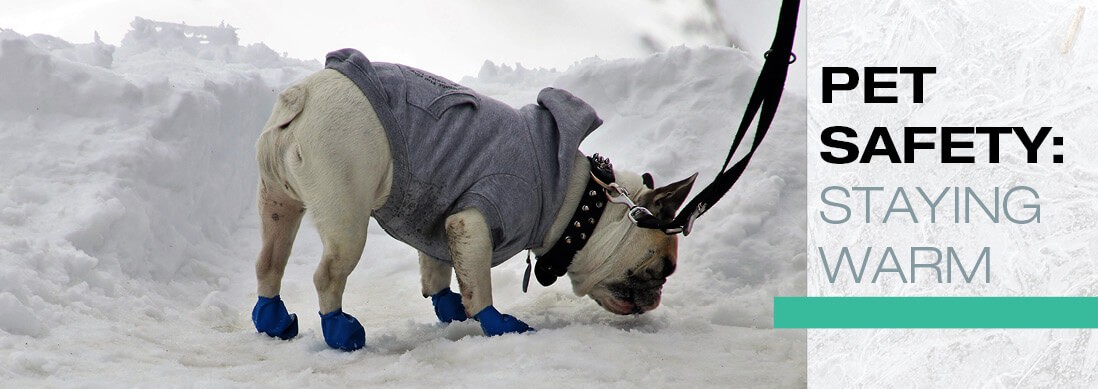It is important to remember that our four-legged friends may experience the same difficulties as their human counterparts. when faced with cold weather. Unlike us, however, our furry friends cannot express their discomfort as well as we can. When it’s cold, it is our job as pet parents to keep our fur babies safe, warm, healthy, and happy. To help you do so, keep these cold-weather health tips in mind.
Find the proper diet for your dog
Just like us, dogs’ joints may be stiffer in cold weather. When you are looking to combat stiffness in your dog’s day to day life, start with their diet. Add foods with a higher glucosamine and chondroitin content to your canine companion’s meal routine. These additional elements may help to lubricate their joints and ultimately offer much-needed relief. The addition of supplements like DGP (See the full article on Pg. 21) to your pet’s diet may also help to avoid the discomfort that comes with the cold.
Keep moving
Even during the coldest months, a short outdoor activity or brief walk will help keep your furry friend’s joints stay nimble. Stiffness in joints may be caused when they aren’t active enough, as it’s important to keep your dog moving. A daily walk around the block is enough to get their body moving and their brain stimulated.
Use proper footwear
Your barking buddy may have a harder time keeping their balance on slippery surfaces, especially as they become wet from the ice and snow. If that is the case, make sure to find your pet the perfect pair of dog boots with rubber soles. Those types of boots should help your canine walk the streets with more confidence and fewer accidents while protecting their paws from salt found on icy walkways.
Make a warm bed available
The best part of any day is slipping into a warm bed at the end of it. The same holds true for our canine companions. when it’s cold outside, the floors around the house may be colder and harder to walk on than normal. It is best to have at least one pet bed for your pup around the house. Find the ideal location for this bed by moving it around to see where your dog has a preference. This may mean being closer to a heater one night and under a window the next. As the temperature fluctuates, so will your dog’s preference.
A coat goes a long way
As our dog’s age, they cannot regulate their body temperature as well as they could in their younger days. If you find yourself and your dog spending time outdoors, it may be best to find the proper outerwear for your pup. Find a coat or sweater that is both warm and comfortable for your canine companion. Keeping warm can be difficult for humans and dogs alike. Find methods of movement that work best for you and your barking buddy to stay warm.





